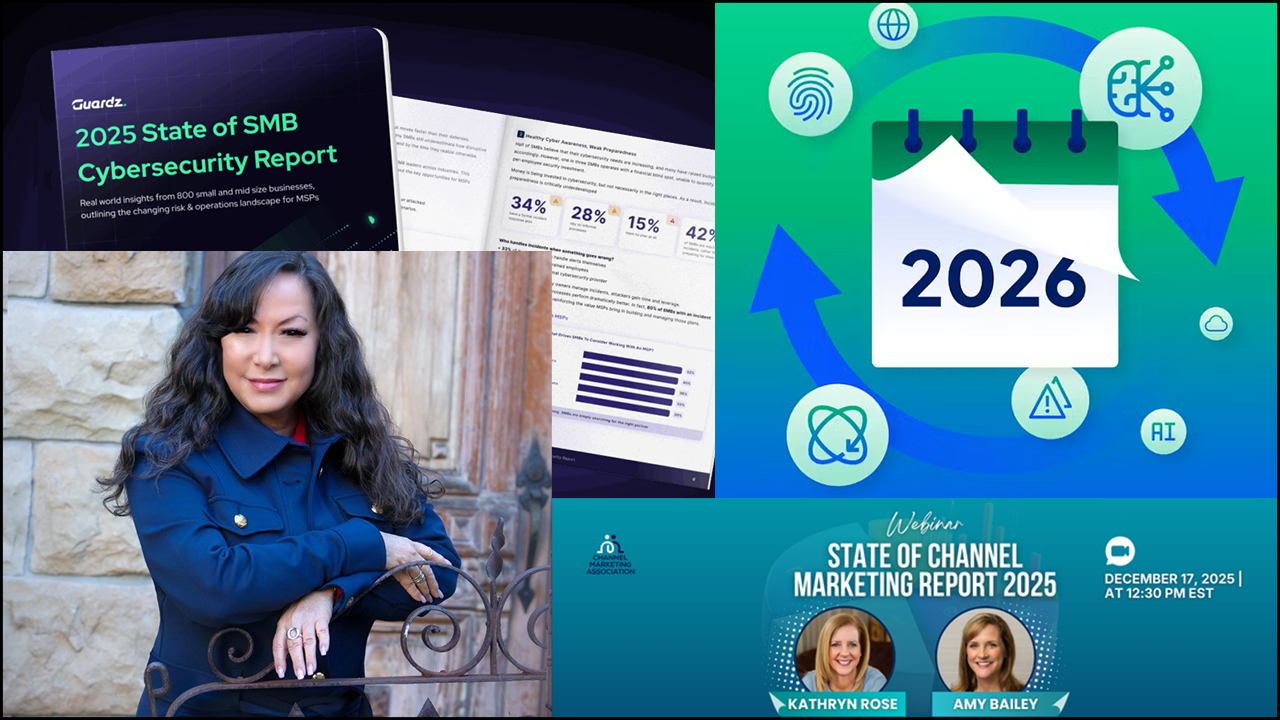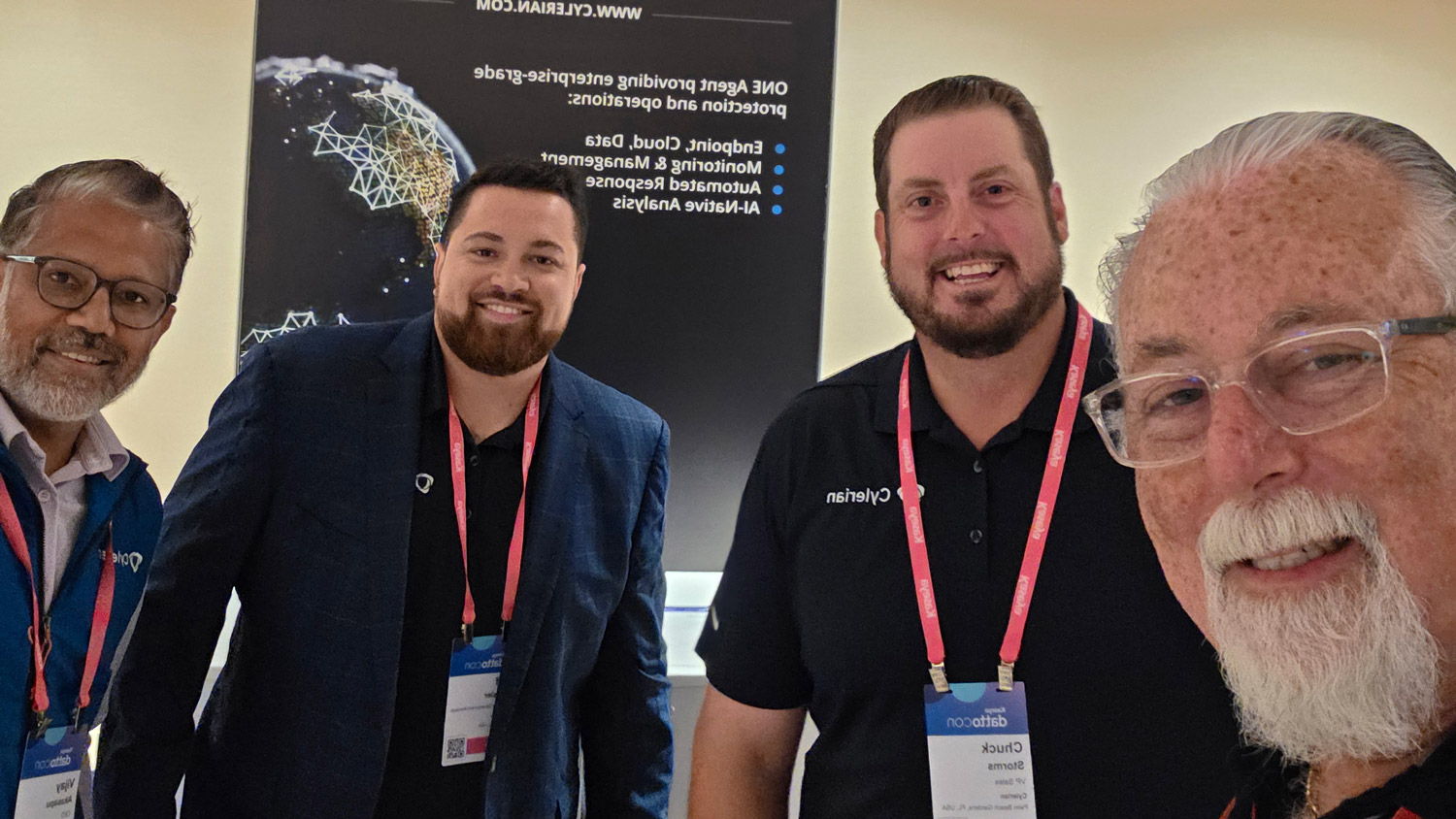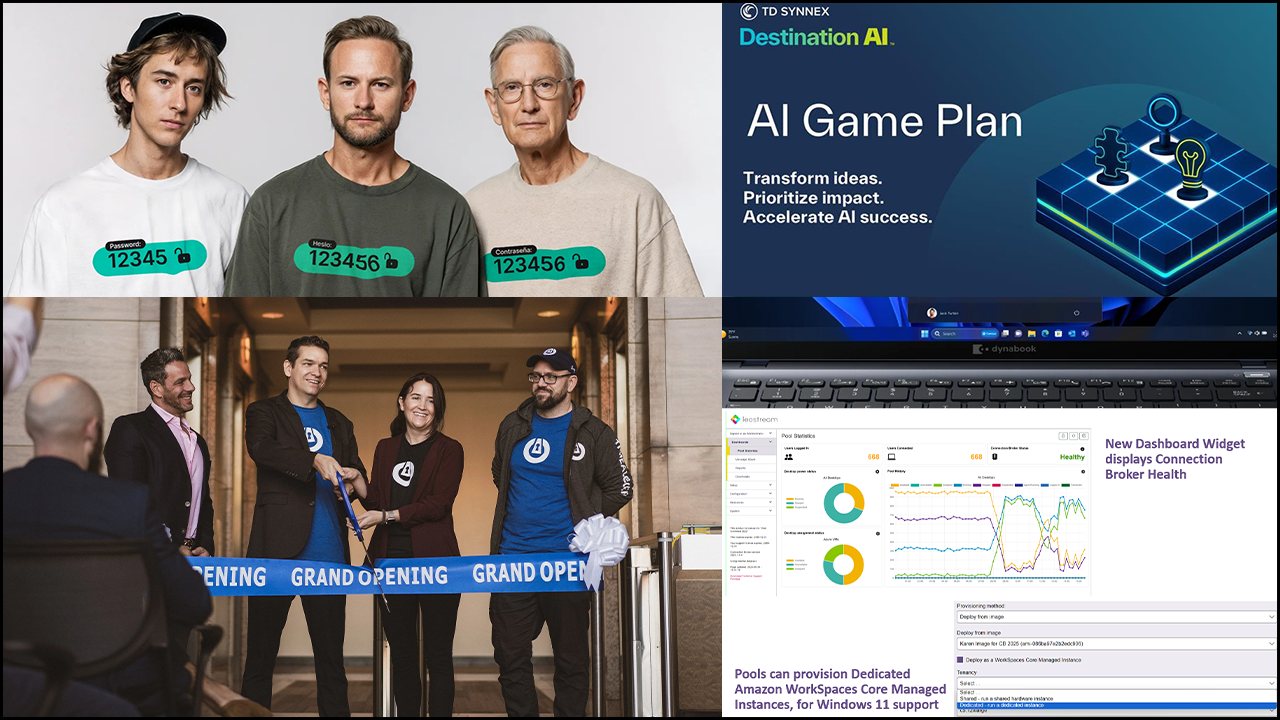APPLICANT TRACKING SYSTEMS (ATS) and AI-enabled applicant matching tools are helping businesses identify candidates more efficiently. However, experts say that regardless of what tools you use for sourcing and recruitment, humans continue to play a critical role.
Ask HR professionals what the top tools are for identifying high-quality candidates and they’ll tell you that they need to find candidates first, and for that they rely on ATS.
“If a company is growing and hiring half a dozen people a year and they don’t have an applicant tracking system, that’s always the first thing I recommend,” says Tracy Westcott, founder and CEO of Talent Track Solutions, a talent acquisition and recruitment consultancy.

Tracy Westcott
Advanced intelligence has become a core functionality in the recruitment space as well, says Rania Stewart, senior director, analyst at Gartner.
“Most applicant tracking systems, which is the most popular system in tech, are upping their ability to [use AI],” Stewart says. Vendors are partnering with ATS vendors to bring in the AI component and then white-labeling it. “That’s what makes them attractive. The AI isn’t doing the decision-making on its own but helping recruiters sort out” candidates, she says.
Screening technology can be very useful in an environment where candidate pools are shallow—as well as when candidates outweigh job postings, says David Lewis, CEO of HR consulting firm Operations Inc.
Joanna Mirov, a senior advisor at IT services company Ntiva and former CEO of MXOtech, an Ntiva company, says they use AI-powered tools to help screen candidates, but that every application is reviewed by a human.
“There’s a lot of tools out there to narrow down resumes, but we look at all resumes in the order they come in because we want to do our own phone screening to have that human interaction,” Mirov says. “We want to make sure all these candidates are a culture fit.”
Candidates are pre-screened to make sure no one is excluded because they may not be good at responding to the rigorous application processes some systems use, she says.
Ntiva also uses tools like LinkedIn and Indeed, and company recruiters are leveraging ChatGPT to augment the process. That can be useful in helping nontechnical people better understand tech job requirements, she says.

Joanna Mirov
For example, you can use ChatGPT if you want to look for a cloud engineer with virtualization experience. The bot will give you appropriate questions to ask candidates—as well as the best answers to those questions, she says.
“Of course, it’s important to ask real-world questions, and candidates can look up the same information as recruiters, so you have to do a combination of what can be leveraged in AI versus what you need to know as a hiring manager,” Mirov notes.
Drawbacks of AI tools
While AI tools can increase efficiency, hiring managers should beware of potential biases, says Westcott.
“Personality screening or profiling tools can be discriminatory,” agrees Lewis. But the vendors of these tools “are all under the gun [to review] whether their tools are predisposed to people with a certain background or may discriminate against certain people,” he says.
This means that it is important for companies to use a blend of tech and humans.
“Tech helps you filter [candidates] but at the end of the day, you still need to interview,” Lewis says. “We find the right employees, but the thing companies are missing is the importance of training managers on how to interview, as well as training their teams on interview strategy,” he says.
Finally, whatever recruitment tools you decide to purchase, make sure they actually get used, notes Westcott. “You can go buy all of these tools but if you don’t have someone in-house to manage and use them, it’s not worth getting them.”
ESTHER SHEIN is a longtime freelance tech and business writer and editor.
Image: iStock












